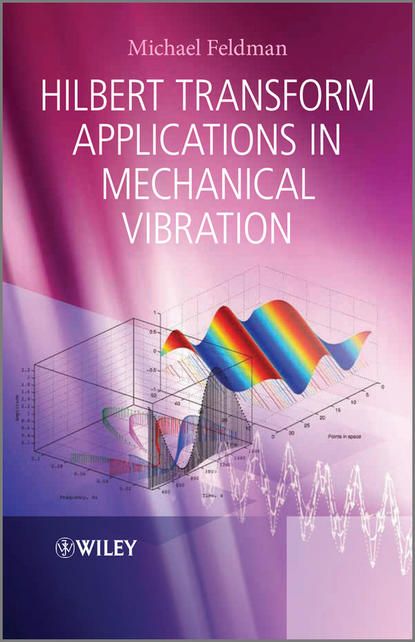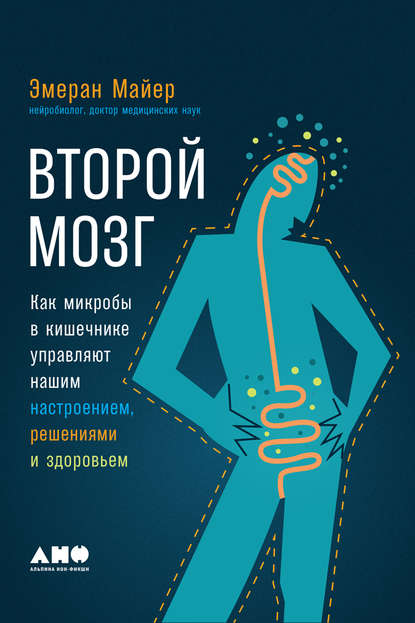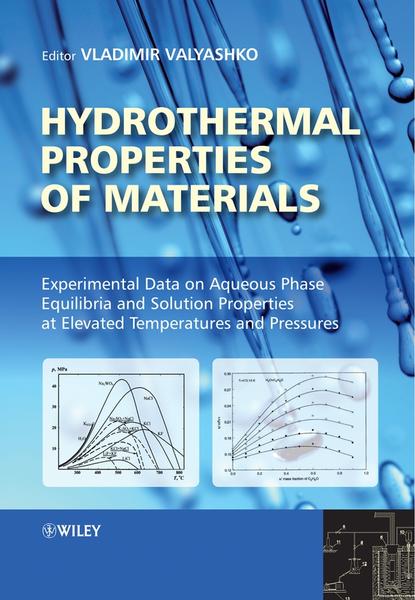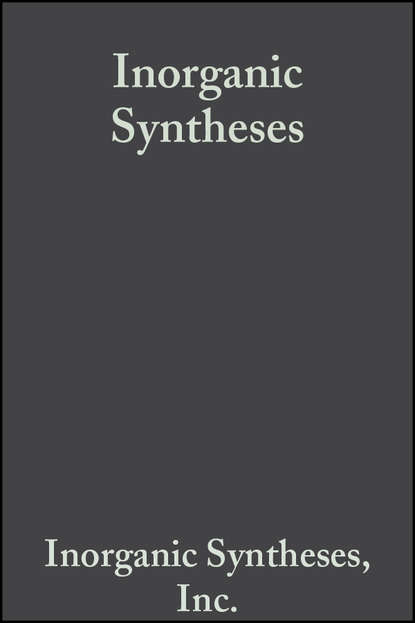Книга "Применение преобразования Хилберта в механических вибрациях" рассматривает последние достижения в теории и применении преобразования Хилберта в инженерии вибраций, что позволяет проводить лабораторные динамические испытания более быстро и точно. Автор объединяет важные пионерские разработки в области обработки сигналов и математических моделей с типичными свойствами механических динамических конструкций, такими как резонанс, нелинейная жесткость и демпфирование. Предоставляется подробный обзор основных применений, включая динамическое тестирование и извлечение модальных параметров нелинейных систем вибраций, включая начальные характеристики упругой силы и демпфирования. Это уникальное сочетание технических свойств и цифровой обработки сигналов позволяет мгновенно решать различные инженерные задачи и глубоко исследовать физику вибраций через анализ, идентификацию и симуляцию. Эта книга будет интересна как профессионалам, так и студентам, работающим в области механики, авиации, гражданского строительства, а также кораблестроения, биомеханики, робототехники и мехатроники. В книге используются современные методы преобразования Хилберта во временной области, включая метод Хилберта разложения вибраций для адаптивного разделения многокомпонентного нестационарного вибрационного сигнала на простые квазигармонические компоненты; этот метод характеризуется высоким разрешением частоты, что обеспечивает подробный обзор случаев амплитудного и частотного модулирования анализа вибраций. Главные приложения FREEVIB и FORCEVIB, включающие динамическое тестирование и извлечение модальных параметров нелинейных систем вибраций, включая начальные характеристики упругой силы и демпфирования в свободных и вынужденных режимах вибраций. Методы идентификации способствуют эффективному и точному тестированию систем вибраций, избегая затрат на измерение и анализ. Точная идентификация нелинейных и асимметричных систем с учетом высокочастотных гармоник на основе сходной огибающей и сходной частоты. Книга сопровождается веб-сайтом по адресу www.wiley.com/go/feldman, на котором размещены коды MATLAB®/ SIMULINK.
In "Hilbert Transform Application in Mechanical Vibration", Michael Feldman looks at these recent applications in theory as well as practice of the Hilbert Transform as it applies to vibration design. He explores how dynamic engineering operations previously performed in lab settings can now be done more quickly by using this new way of approaching vibration issues. The book integrates significant pioneering advances and signal processing methods with mechanical constructions' characteristic dynamics such as mechanical resonance and asymmetrical shields.
Электронная Книга «Hilbert Transform Applications in Mechanical Vibration» написана автором Michael Feldman в году.
Минимальный возраст читателя: 0
Язык: Английский
ISBN: 9781119991649
Описание книги от Michael Feldman
Hilbert Transform Applications in Mechanical Vibration addresses recent advances in theory and applications of the Hilbert transform to vibration engineering, enabling laboratory dynamic tests to be performed more rapidly and accurately. The author integrates important pioneering developments in signal processing and mathematical models with typical properties of mechanical dynamic constructions such as resonance, nonlinear stiffness and damping. A comprehensive account of the main applications is provided, covering dynamic testing and the extraction of the modal parameters of nonlinear vibration systems, including the initial elastic and damping force characteristics. This unique merger of technical properties and digital signal processing allows the instant solution of a variety of engineering problems and the in-depth exploration of the physics of vibration by analysis, identification and simulation. This book will appeal to both professionals and students working in mechanical, aerospace, and civil engineering, as well as naval architecture, biomechanics, robotics, and mechatronics. Hilbert Transform Applications in Mechanical Vibration employs modern applications of the Hilbert transform time domain methods including: The Hilbert Vibration Decomposition method for adaptive separation of a multi-component non-stationary vibration signal into simple quasi-harmonic components; this method is characterized by high frequency resolution, which provides a comprehensive account of the case of amplitude and frequency modulated vibration analysis. The FREEVIB and FORCEVIB main applications, covering dynamic testing and extraction of the modal parameters of nonlinear vibration systems including the initial elastic and damping force characteristics under free and forced vibration regimes. Identification methods contribute to efficient and accurate testing of vibration systems, avoiding effort-consuming measurement and analysis. Precise identification of nonlinear and asymmetric systems considering high frequency harmonics on the base of the congruent envelope and congruent frequency. Accompanied by a website at www.wiley.com/go/feldman, housing MATLAB®/ SIMULINK codes.



















